Popular on Food52
10 Comments
tama M.
May 18, 2014
Yes kitblu, it is the invasive garlic mustard. After you pull it out, use the tender tips and upper leaves which are less bitter. Conservation groups love to point out their garlic mustard to me.
Jeremiah H.
May 18, 2014
i agree with Kitblu, garlic mustard in an invasive species. it chokes out natives like trillium and jack in the pulpit. yes it is great for cooking too but if your picking it, pick it all and make sure you get the roots.
for more info: http://www.eddmaps.org/ipane/ipanespecies/herbs/Alliaria_petiolata.htm
for more info: http://www.eddmaps.org/ipane/ipanespecies/herbs/Alliaria_petiolata.htm
kitblu
May 14, 2014
In my area, a volunteer group worked last weekend to eradicate as much garlic mustard as possible. It is a noxious weed that chokes out native plants. Is this the same plant in your recipe?
Gaia G.
May 13, 2014
This article is very informative. I live in Los Angeles and have picked wild herbs like Rosemary, Mint, Thyme, Oregano, Lavender, Sage, while on a hike or just walking down the street. There's a bounty of edibles all around Southern California. However, like Liz B, I am not comfortable with foraging for items I am not familiar with. I will check out the farmers markets as you suggested to find foraged herbs and veggies. I wish there was an app that could identify plants on the spot and let you know if they were safe for consumption. I'm sure there will be one soon.
tama M.
May 12, 2014
Hi! what do you mean by "wet garlic"...is it a wild garlic or the more familiar clove. interesting!
Matt L.
May 12, 2014
Over in the uk, wet garlic refers to new season Spring garlic. So before it develops it's strong garlic flavour it has a much milder sweeter flavour. It also doesn't really have bulbs yet and the skin hasn't dried and isn't flaky. It's delicious!
Matt L.
May 12, 2014
do you use wet garlic very much? I just made a lovely ham hock terrine with a centre of confit wet garlic - it's one of my favourite things about spring. Timedeating.co.uk
tama M.
May 12, 2014
HI Liz! You can find many foraged plants if you poke around in farmers markets in california. will check out your blog for sure!
Liz B.
May 12, 2014
This is an awesome article, although I still don't feel confident enough to forage around my neck of the woods, the Central Coast of California. I think more googling is in order!
Also, I'm relieved to see a Wall Street lawyer has made a successful transition to food writing. I'm a May 2014 T10 law school grad with a big interest in food, and hope to keep it meaningfully my life moving forward. I started a blog this summer, http://thatumamilife.wordpress.com, to distract and entertain. I hope you'll check it out, and please let me know if you have any career or life tips for a new grad!
Also, I'm relieved to see a Wall Street lawyer has made a successful transition to food writing. I'm a May 2014 T10 law school grad with a big interest in food, and hope to keep it meaningfully my life moving forward. I started a blog this summer, http://thatumamilife.wordpress.com, to distract and entertain. I hope you'll check it out, and please let me know if you have any career or life tips for a new grad!
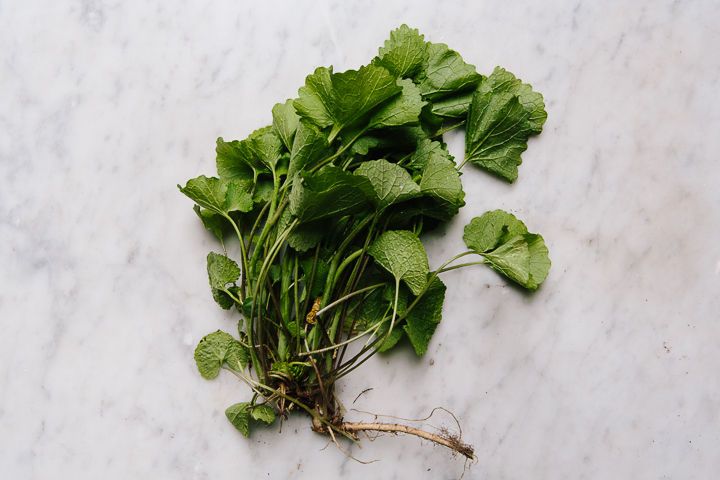
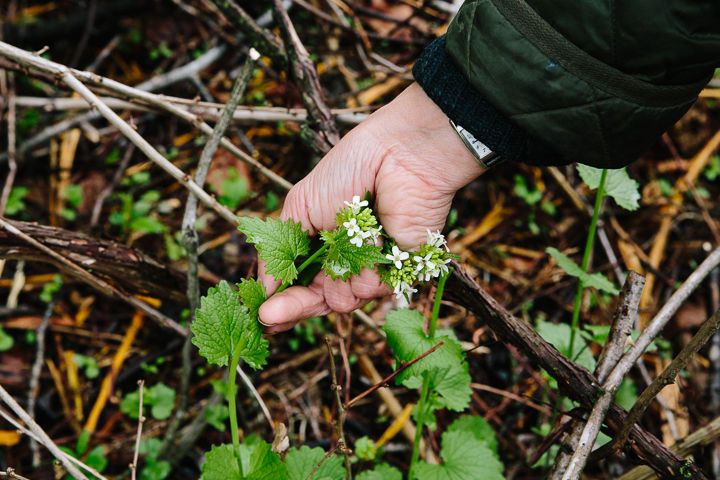
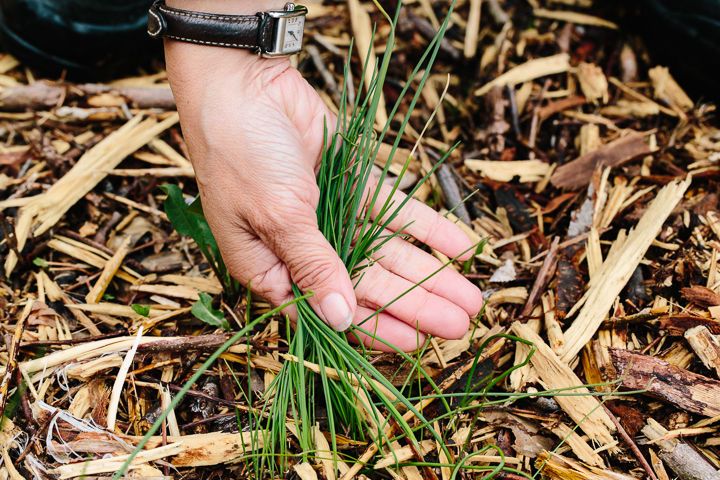
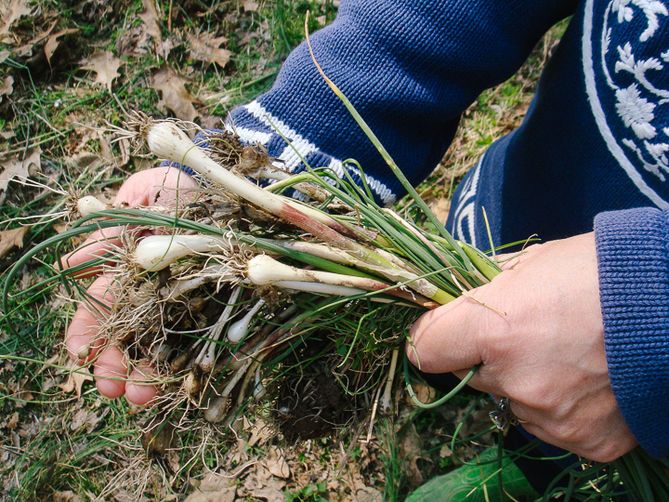
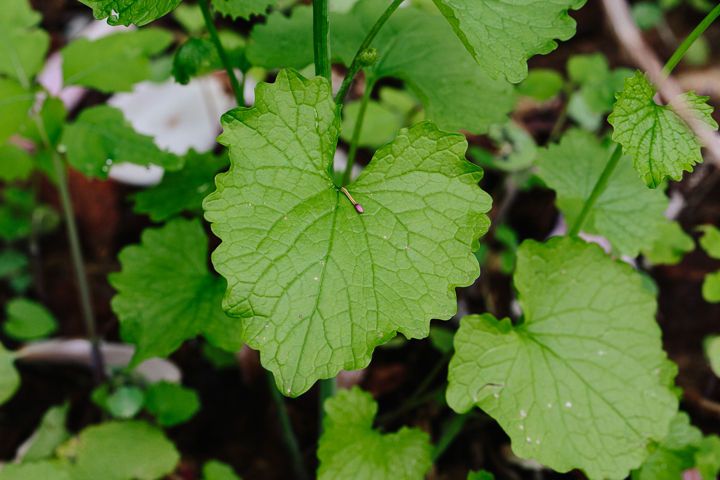
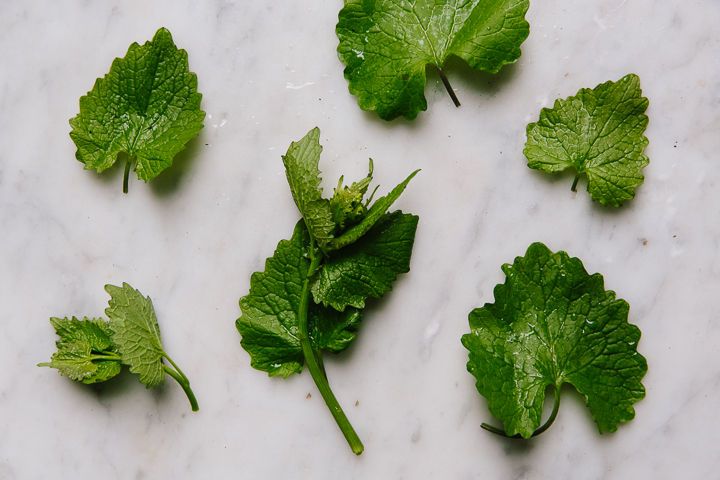
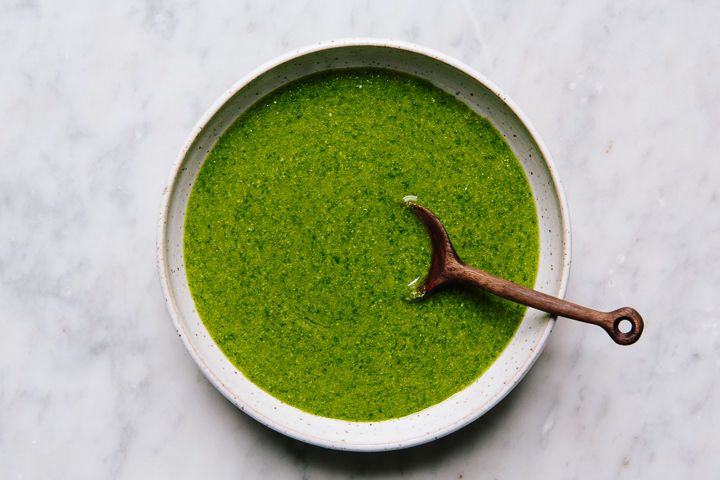


See what other Food52 readers are saying.